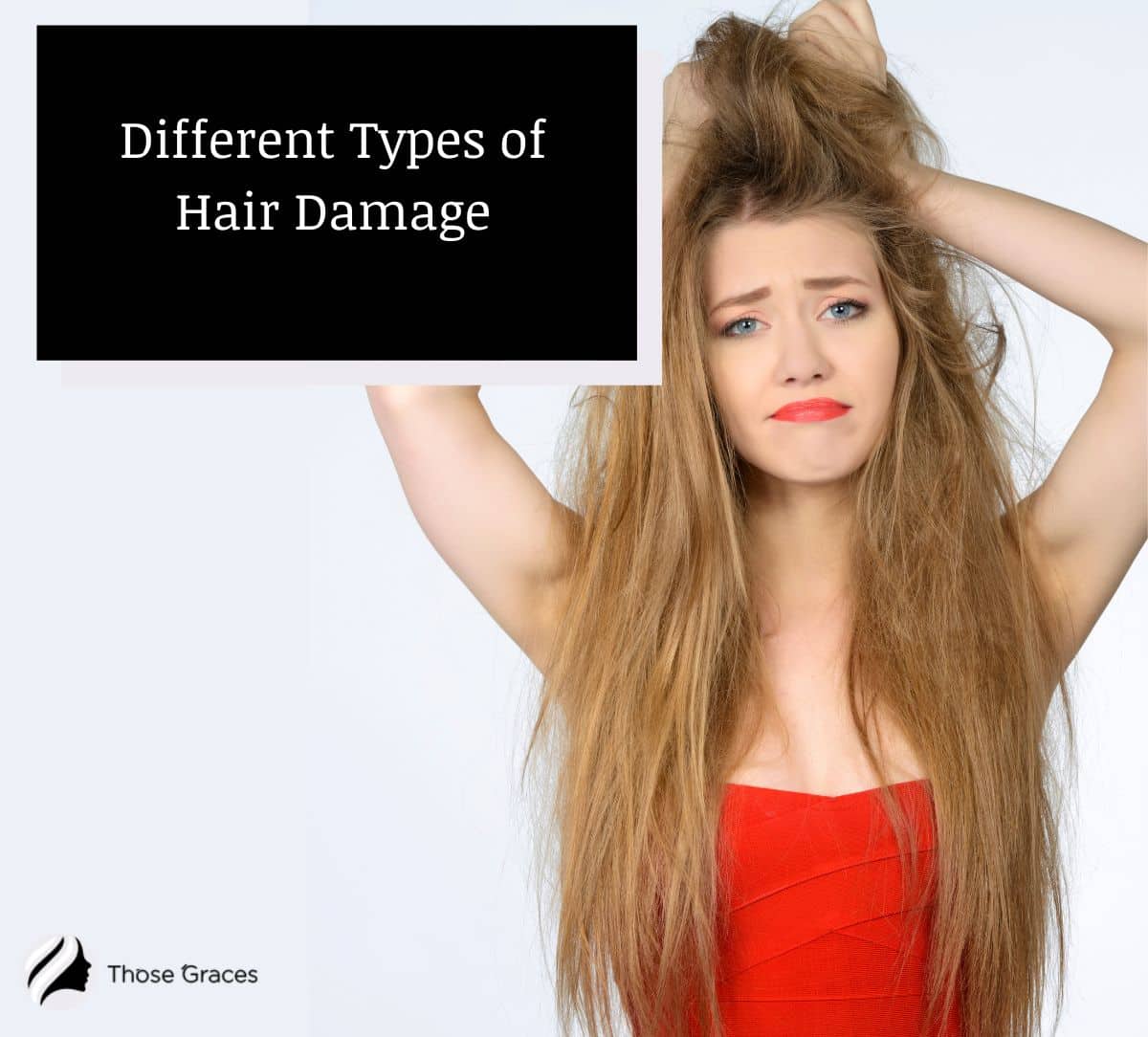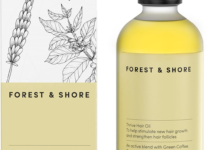One of the first steps to getting your hair under control is to figure out what type of hair damage you’re dealing with.
There are several different kinds of hair damage, which can be classified according to the cause. The most common types of hair damage are split ends, heat damage, chemical damage, sun damage, mechanical damage, and hard water damage.
In this post, I will outline the different types of hair damage and help you identify which one is causing your hair issues. We’ll also provide tips on how to treat each kind of damage, so keep on reading.
Table of Contents
Key Takeaways
- Each type of damage requires a different method of treatment.
- Damaged hair can be classified by the cause: split ends, heat damage, chemical damage, sun damage, mechanical damage, and hard water damage.
Understanding Hair Damage
Before we dive into the different types of hair damage, let’s take a step back and understand what hair damage is.
Damage to your hair is basically when the cuticle, or the outer layer of the shaft, is damaged. This can happen for a variety of reasons, including over-processing with heat or chemicals, exposure to the sun or wind, not enough hydration, or using the wrong hair products.
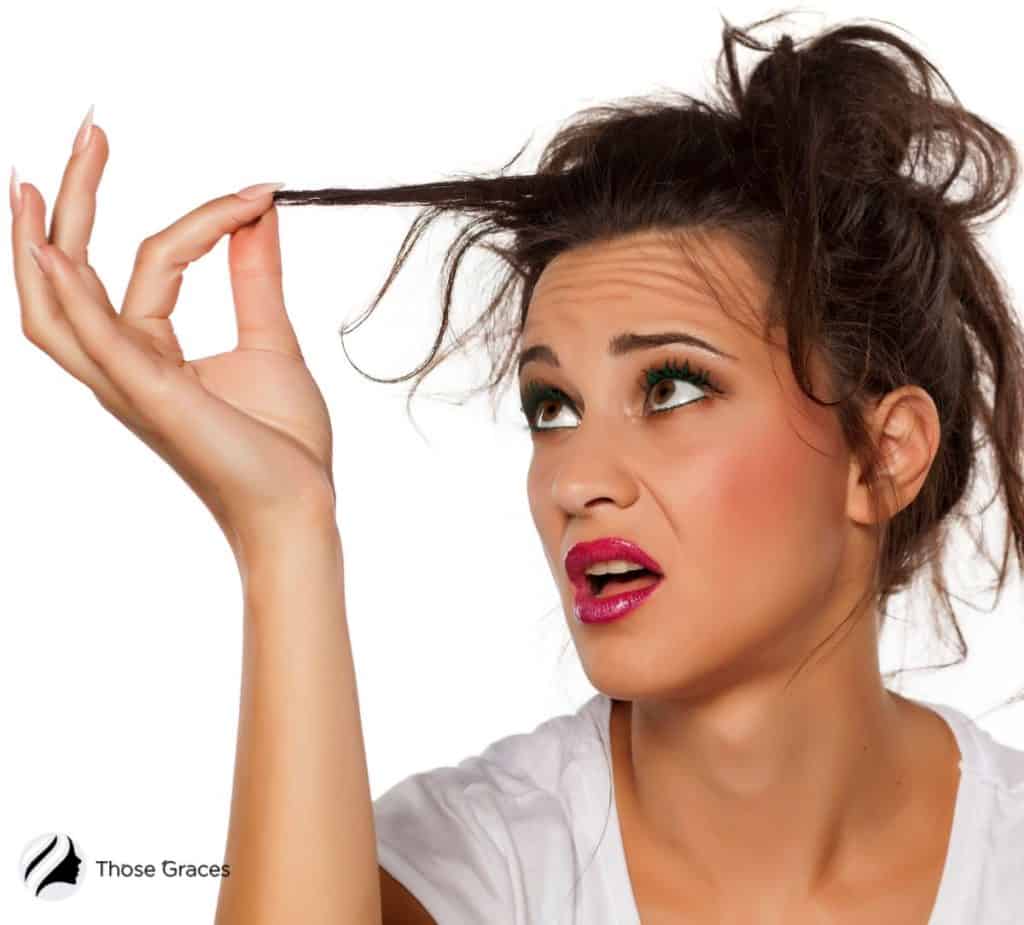
When the cuticle is damaged, it becomes raised and rough, which makes the hair follicle more susceptible to breakage. In addition, damaged hair can appear dry, dull, and frizzy.
Now that we’ve better-understood hair damage, let’s look at the different types.
Your hair has three main parts: the cuticle, cortex, and medulla.
When your hair is damaged, it means that one or more of the following layers has been affected, and it will result in what I call the two major types of hair damage:
- Internal damage – is when the cortex or the inner layer of our hair is damaged, caused by over-processing, such as bleaching or chemical straightening.
- Surface damage – is when the cuticle or the outer layer of our hair has been harmed, usually caused by heat styling or environmental factors like sun exposure.
READ MORE: Why is the Underneath of My Hair So Damaged?
The 6 Different Types of Hair Damage
Now that you know the two major types of hair damage, let’s take a closer look at the different types of internal and surface damage.
1. Split Ends
We’ve all been there – you’re in the middle of a great hair day when you notice a pesky split end. But what are split ends, exactly?
Split ends occur when the protective outer layer of the hair strands is DAMAGED, causing the inner layer of the hair to fray.
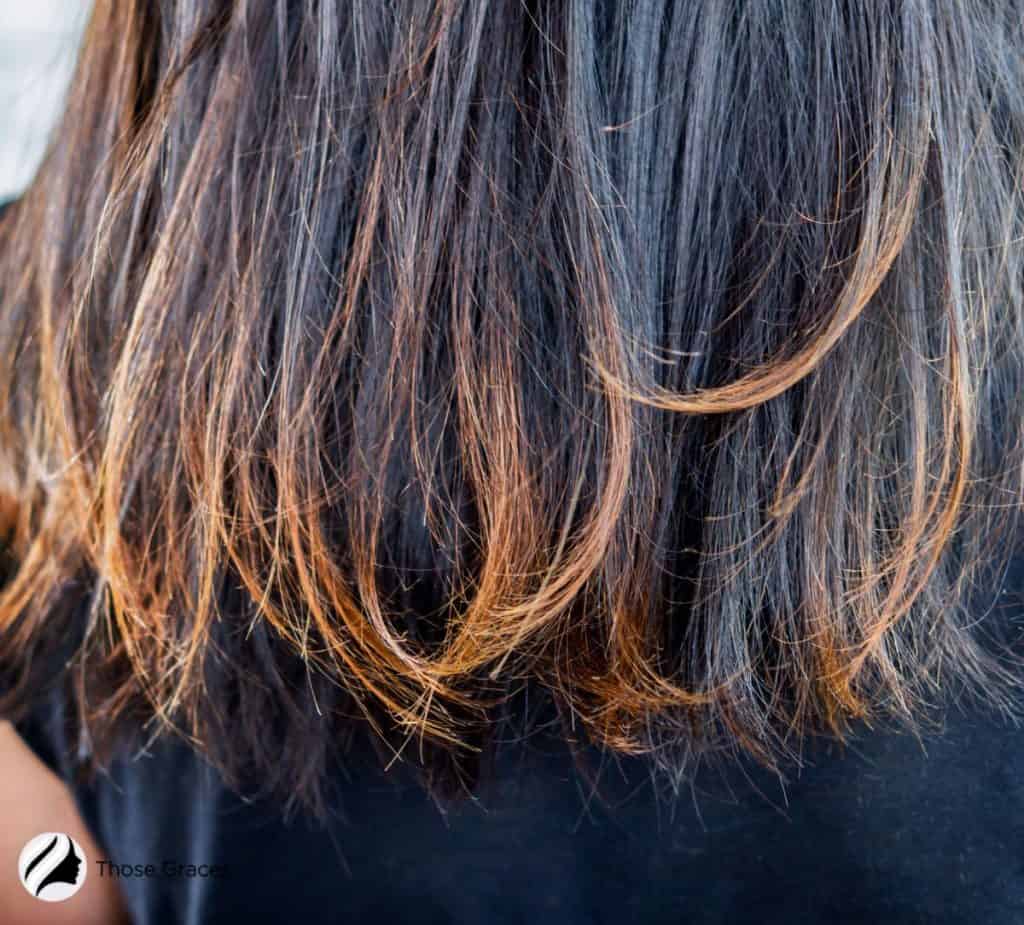
Healthline says this can happen for several reasons, including overwashing, heat damage, and excessive brushing.[1]
Once the hair strand is damaged, it cannot be repaired – the only way to get rid of split ends is to TRIM them off.
2. Heat Damage
Heat damage is a type of hair damage caused by exposing hair to HIGH temperatures from heat styling. This can happen when you use hot styling tools or spend time in the sun without PROTECTION.
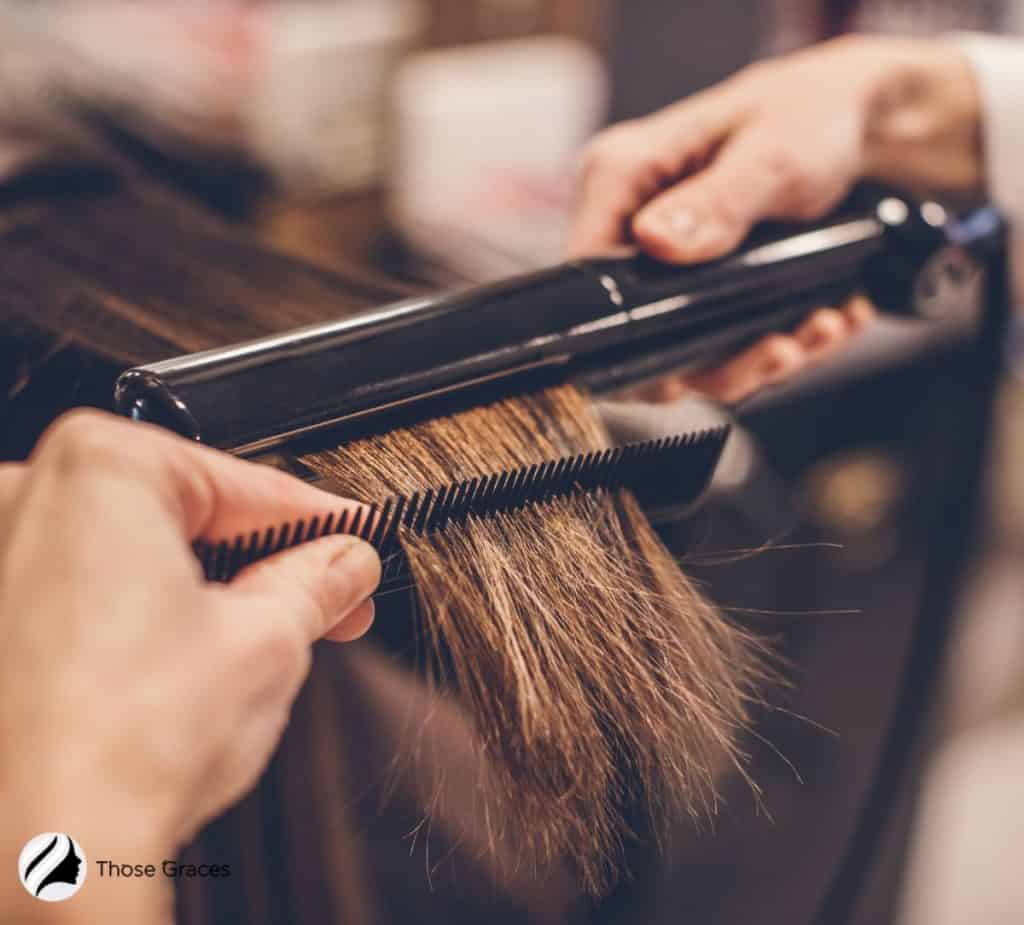
Heat damage can lead to split ends, frizz, and even breakage. I know you want that perfect Instagram hair, but it’s crucial to limit heat styling and use products that would help prevent damage.
Pro Tip: Your hair texture will be more susceptible to heat damage if it’s fine hair or previously colored hair.
3. Chemical Damage
Chemical damage is a type of hair damage that occurs when the hair is EXPOSED to harsh chemicals.
Common culprits include permanent wave solutions, hair dye, and bleach.
Chemical damage can WEAKEN the hair shaft, leading to breakage, split ends, frizz, and thinning hair.
It can also cause the hair to become dry and brittle and to lose its natural shine and luster. [2]
In severe cases, chemical damage can cause the entire hair shaft to fall out. Yikes!
Pro Tip: Deep conditioning treatments and hair masks can help REPAIR some of the damage caused by chemicals.
4. Sun Damage
Sun damage is a type of hair damage called sun damage caused by EXPOSURE to ultraviolet (UV) rays.

Just like your skin, your hair can become dry, brittle, and more susceptible to breakage when it’s been damaged by the sun.
In extreme cases, sun-damaged hair may even CHANGE color. I know you want your hair dyed, but this is not the way to do it (please don’t listen to the “life hacks” you see online).
Pro Tip: Use a leave-in conditioner with SPF to protect your hair from the sun.
5. Mechanical Damage
Mechanical damage occurs when the cuticle, or the outer layer of the hair cuticles, is DAMAGED. This can happen when the hair is brushed harshly, styled with heat, or exposed to chemical treatments.
When the cuticle is damaged, it becomes raised and frayed, making the hair more susceptible to BREAKAGE.
In addition, mechanically-damaged hair is more likely to become tangled and difficult to manage.
6. Hard Water Damage
Hard water contains HIGH levels of minerals, such as calcium and magnesium. When hard water comes into contact with your hair, it can cause the hair shaft to become coated with a FILM of these minerals.
This film can lead to dryness, tangling, and breakage. Over time, hard water damage can leave your hair dull and lifeless.
Pro Tip: Always use a clarifying shampoo to prevent hard water damage after swimming.
CHECK: Olaplex Reviews Fine Hair
4 Common Causes of Hair Damage & How to Prevent Them
Anyone who has ever gone through a bad breakup or had a really tough week at work knows that sometimes, the only thing that can make you feel better is a good, old-fashioned hair makeover.
But before you reach for the scissors, it’s essential to know that not all hair changes are created EQUAL. Some can do more harm than good.
Here are four common hair mistakes that can damage your locks – and how to avoid them:
1. Overwashing Your Hair
Washing your hair too often can STRIP it of its natural oils, leaving it dry and brittle.
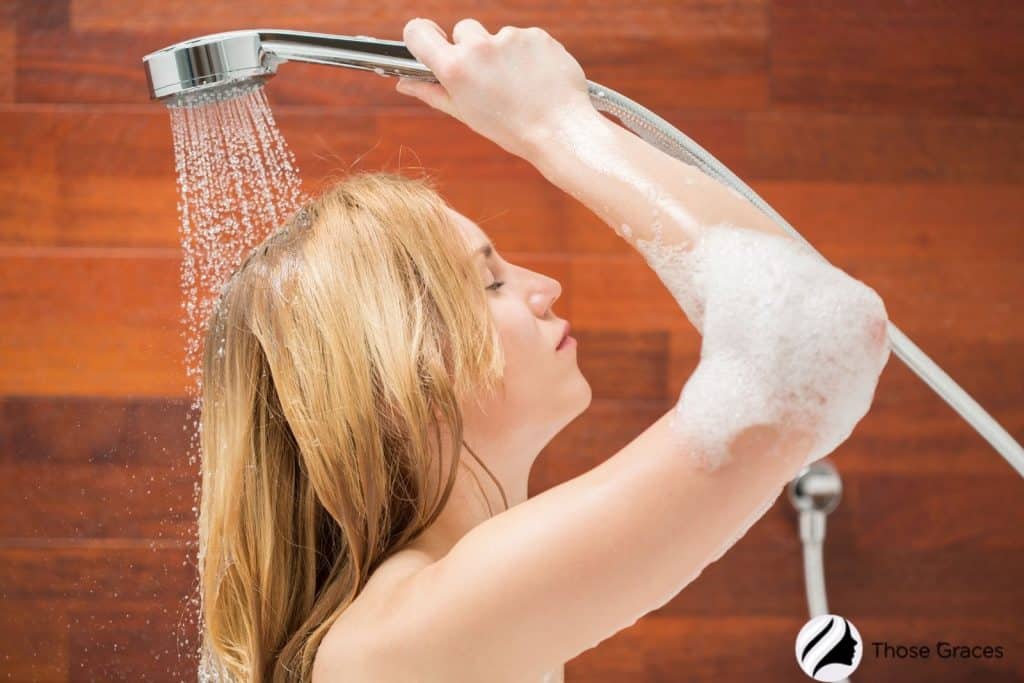
If you find that your scalp is oily, try using a dry shampoo in between washes to absorb excess oil.
2. Using Hot Tools Every Day
Curling irons, flat irons, and blow dryers can all cause damage if used too FREQUENTLY.
If you must use heat on your hair, be sure to use a heat protectant spray beforehand and keep the temperature set to low or medium.
3. Bleaching Your Hair At Home
At-home hair bleaching kits may be tempting, but they can damage your hair if not used properly.
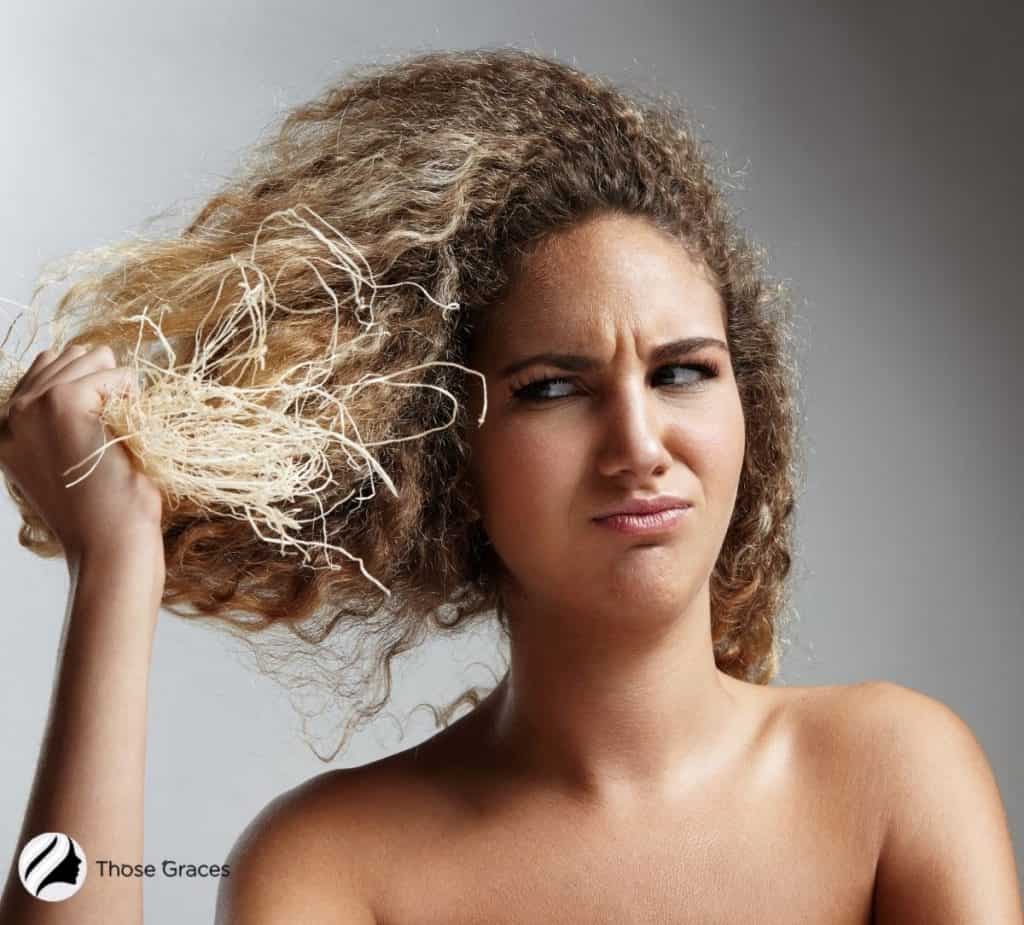
Leaving it to the PROFESSIONALS is best if you’re considering bleaching your hair.
4. Skipping Regular Trims
Getting regular trims (every 6-8 weeks) is one of the best things you can do for your hair – it helps PREVENT split ends and keeps your style looking fresh.
So don’t be afraid to book that haircut appointment when you start seeing those telltale signs of damage.
Don’t forget to check out my articles on “how to restore curl pattern” and “are shampoo bars bad for your hair” for more great hair tips and advice. Happy reading!
Frequently Asked Questions
How Can I Repair My Bleached Hair?
Are Baby Hairs A Sign Of Hair Damage?
Conclusion
In conclusion, hair health is a big problem that can have many causes. But there are ways to prevent and repair damaged hair.
Healthy hair starts with a good haircare routine and regular trims. If you see signs of damage, don’t hesitate to consult a professional.
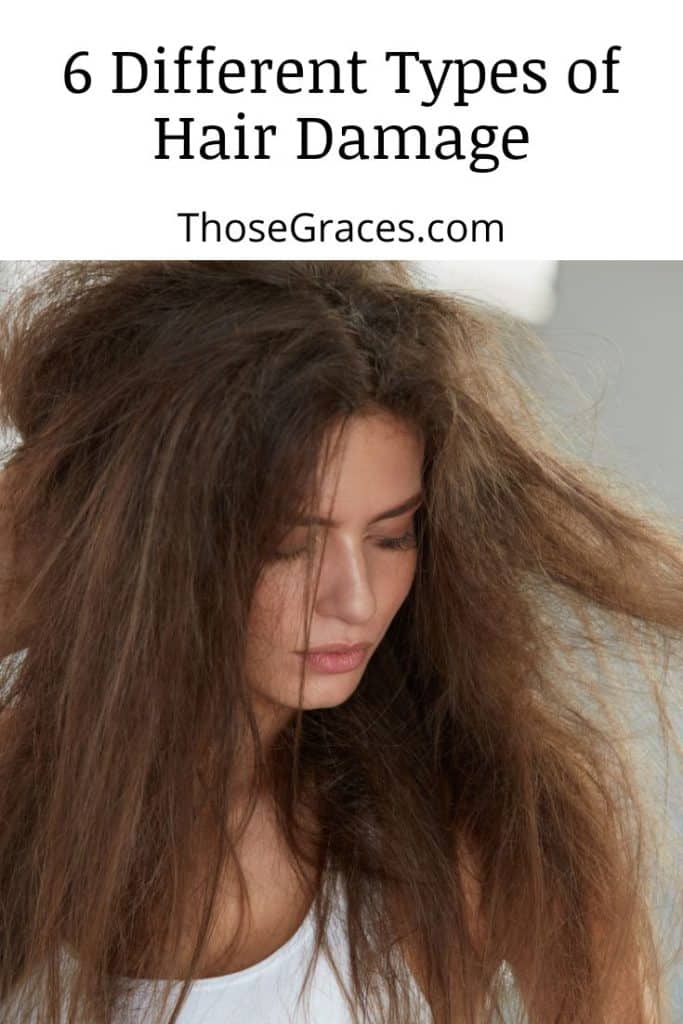
Resources
1. How to Prevent Split Ends and Hair Breakage: 7 Tips and Techniques [Internet]. Healthline. 2020 [cited 2023 Jan 24]. Available from: https://www.healthline.com/health/how-to-prevent-split-ends
2. Hatsbach de Paula JN, Basílio FMA, Mulinari-Brenner FA. Effects of chemical straighteners on the hair shaft and scalp. Anais Brasileiros de Dermatologia. 2022;97:193–203.
